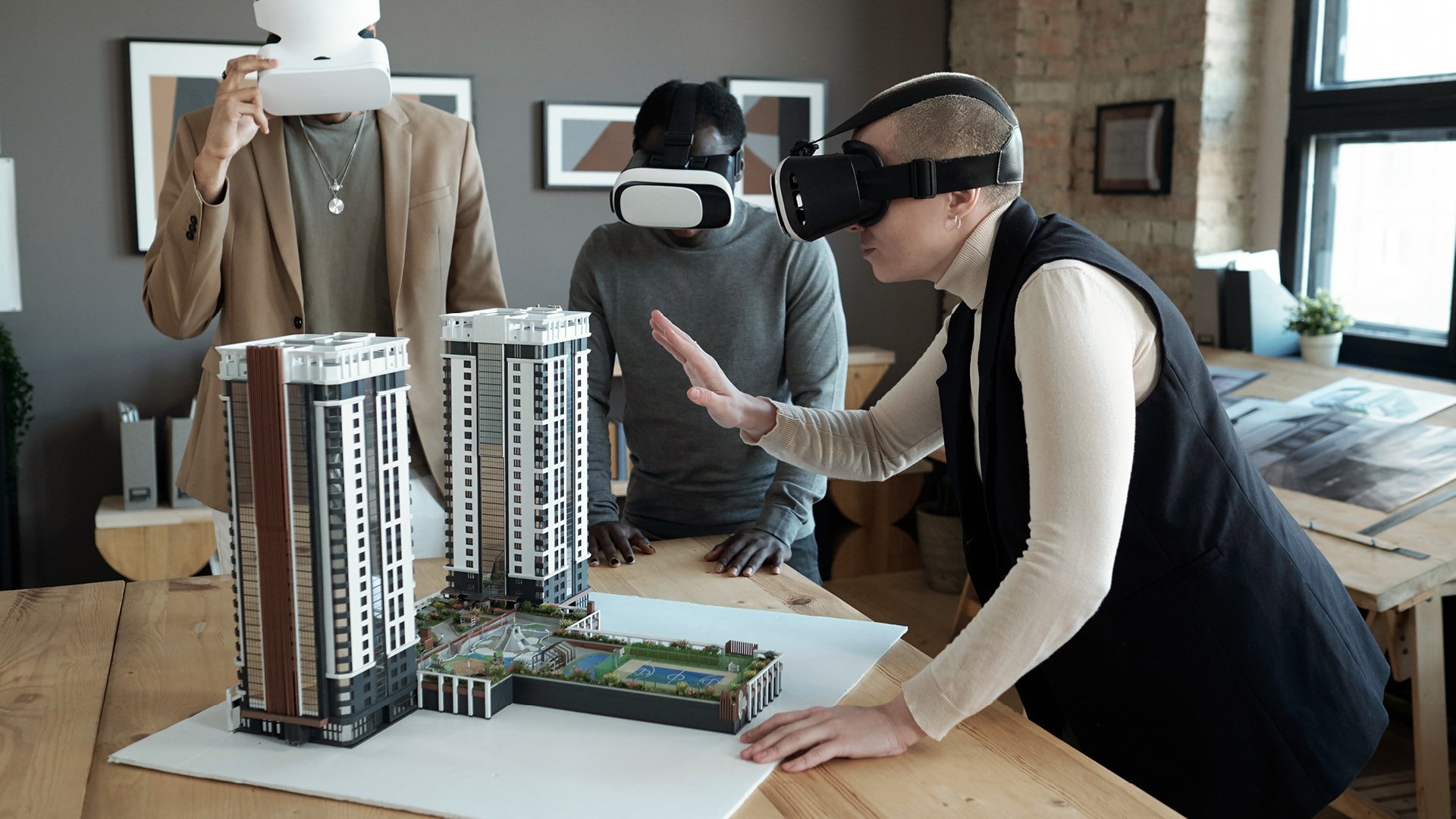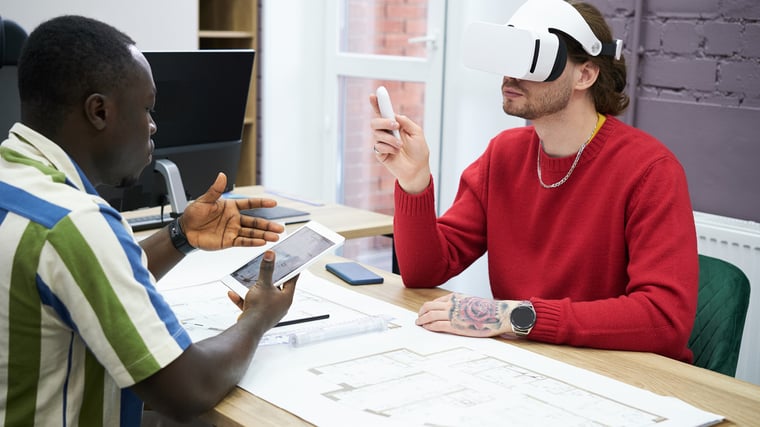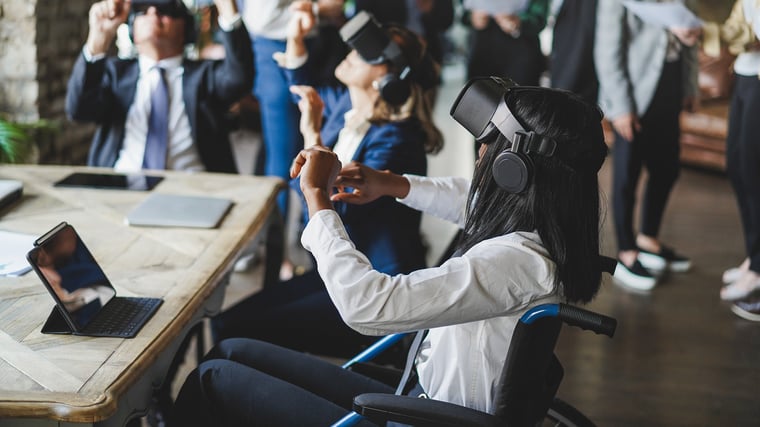
VR and architecture are a perfect match
Published by Admin on
Nov 18, 2022 5:20:11 PM
Architecture is one of the most fascinating design practices. It’s where imagination, aesthetics and engineering have to work together to create spaces that tell a story. Because of the scale of the designs, accurately visualising it can be challenging and even small 3D physical models might not convey the wonder of the spaces.
Technology is driving architecture forward in leaps and bounds. Beautifully rendered images are helping to close the imagination gap but the real win for architecture is virtual reality (VR). As a robust tool, VR creates the capacity for the architect to get valuable feedback and provides an immersive experience for the clients. As the technology becomes more readily available and more prevalent in presentations, let’s explore some of the benefits of VR for architecture:
See the space
Understanding spatial characteristics don’t come easy to most people, even architects. With measurements, it can be calculated but space also has feeling and it’s much easier to analyse the spatial characteristics if it can be experienced with all three dimensions. VR technology allows the architect to inhabit the space before it even exists. Experiencing the true scale of a design facilitates better discussions, feedback and faster changes. It can also prevent expensive delays in the construction process. For a client, they can get a sense of the environment beyond a 2D drawing and provide clearer instructions about their wants and needs.
Competitive advantage
All businesses want to stand apart from their rivals. They want to present a unique selling point to the target market and many businesses are looking to technology for that point of difference. With VR, architects can get ahead of the trend in their industry and tell their prospective clients they have something that is quite rare. It not only makes for great marketing, but it’s also a public relations angle that can position them as thought leaders, innovators or forward-thinking experts in the field.
Easy-to-use investment
VR has been around for the better part of the last decade. The reason very few industries took it on board is because of a general fear of loss of return on investment when any new technology first appears. Now, VR is much more affordable and the user experience is more streamlined. It’s easy to integrate with modelling software and even small businesses can recoup the cost of the system with the new business it can potentially generate in a short time. The technology isn’t just for clients, it’s also useful for internal discussions and planning.
Experience for the client
Engaging a client in an immersive 3D experience is unforgettable. They can view the project and fully realise the vision years long before completion. Walking through the model with the help of VR gives the client a deeper connection to the project and encourages communication. They can point out details that may be missed with 2D drawings and renders. It’s also possible to change the perspective and the time of day inside the visualisation so they can see how spaces appear in different weather or light conditions. This is the highest form of focus on details possible for architecture in the planning phase and will certainly create a better relationship between the architect and their client.
Architecture demands unique solutions and, just like any other art, the architect wants to express their creativity and build something that contributes to a legacy of visual beauty. What VR does is eliminate many of the challenges architects experience. It can help save time, and money, reduce errors, facilitate better communication, and introduces a new form of client engagement and marketing.
VR is widely accessible and those who don’t seriously consider incorporating the technology might find themselves at a disadvantage in the architectural world. For those who are embracing this form of digital visualisation, there are opportunities and growth potential to enjoy. In this digital age, we’re no longer asking “Would you like to see my design?”. The better question is, “How would you like to experience our latest creation?” That’s how you set the industry standard.